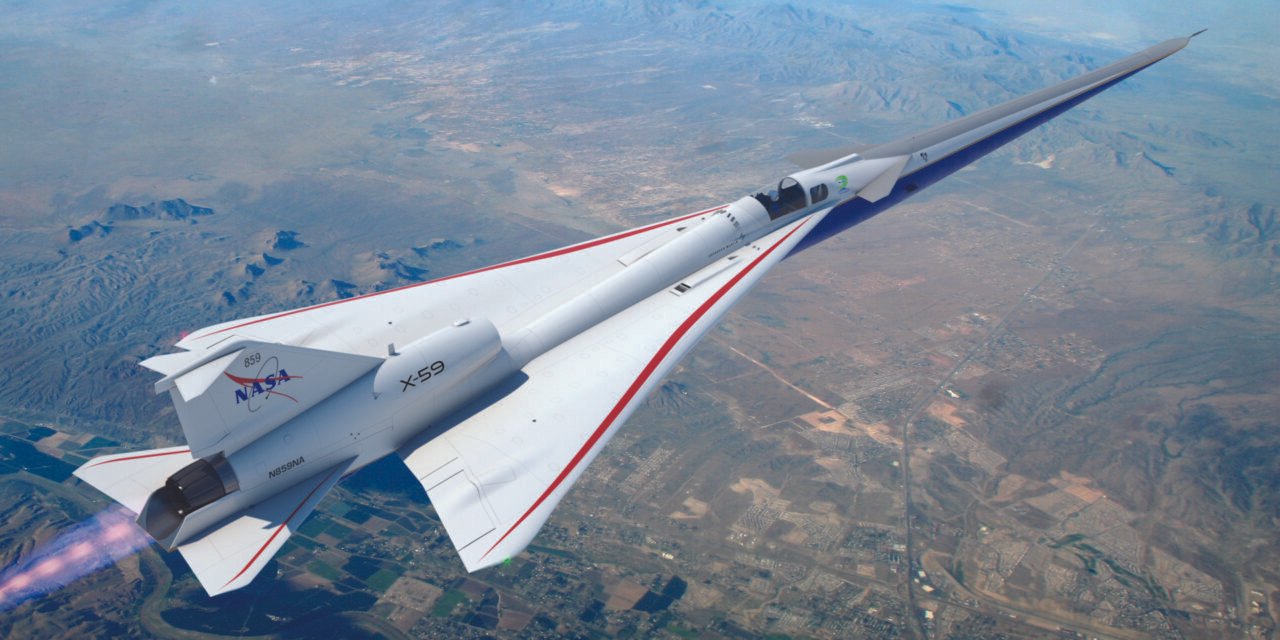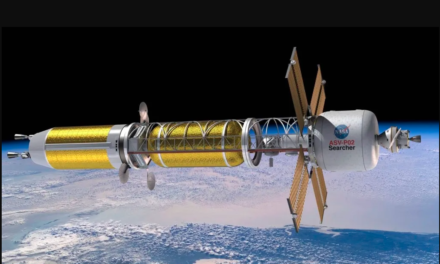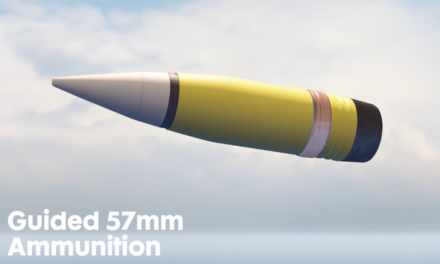Advancements in supersonic and hypersonic flight technologies are reshaping the aerospace industry, enabling faster travel, enhanced military capabilities, and new scientific opportunities. Here’s an overview of key developments and technologies:
Supersonic Flight Technologies
(Speeds between Mach 1 and Mach 5)
1. Aerodynamic Design
- Sonic Boom Reduction:
- Shaping aircraft to reduce shockwaves minimizes the disruptive “boom” heard on the ground, enabling overland supersonic flight.
- Example: NASA’s X-59 QueSST (Quiet Supersonic Technology) aims to demonstrate quiet supersonic flight.
- Wave Drag Optimization:
- Computational fluid dynamics (CFD) and wind tunnel testing optimize airframe shapes to reduce wave drag at supersonic speeds.
2. Advanced Materials
- Lightweight Composites:
- Carbon-fiber composites and titanium alloys withstand high temperatures and pressures while reducing weight.
- Thermal Resistance:
- Materials designed to handle the heat generated by friction at supersonic speeds enhance structural integrity.
3. High-Efficiency Engines
- Afterburning Turbofan Engines:
- These engines provide the necessary thrust for supersonic speeds while balancing fuel efficiency.
- Variable Cycle Engines:
- Engines that adjust their configuration for optimal performance in both subsonic and supersonic regimes.
4. Sustainable Aviation Fuels (SAF)
- Efforts are underway to use SAF in supersonic aircraft to reduce environmental impacts, such as carbon emissions.
5. Commercial Supersonic Projects
- Boom Supersonic Overture:
- Aimed at offering sustainable supersonic passenger travel with net-zero carbon emissions.
- Spike S-512:
- Aiming to create quiet supersonic business jets for overland routes.
Hypersonic Flight Technologies
(Speeds above Mach 5)
1. Aerodynamic and Structural Design
- Thermal Management:
- Hypersonic vehicles face extreme heat due to atmospheric friction. Advanced thermal protection systems (TPS), such as ablative materials and heat-resistant ceramics, protect critical components.
- Lifting Body Designs:
- Streamlined designs that combine lift and stability at hypersonic speeds are critical for reentry and maneuverability.
2. Propulsion Systems
- Scramjets (Supersonic Combustion Ramjets):
- Operate efficiently at hypersonic speeds by compressing incoming air for combustion without using turbines.
- Example: DARPA’s HAWC (Hypersonic Air-breathing Weapon Concept) demonstrated successful scramjet-powered flight.
- Dual-Mode Engines:
- These switch between ramjet and scramjet modes, providing seamless operation across speed ranges.
- Rocket Boosters:
- Used to accelerate vehicles to speeds where scramjets or other propulsion methods can operate effectively.
3. Advanced Materials and Manufacturing
- Ultra-High-Temperature Ceramics (UHTCs):
- Withstand extreme temperatures (~2000–3000°C) during hypersonic flight.
- Additive Manufacturing:
- 3D printing enables the creation of complex, heat-resistant components for hypersonic vehicles.
4. Guidance and Navigation
- AI and Machine Learning:
- Advanced algorithms process real-time data to guide hypersonic vehicles with precision under extreme conditions.
- GPS Alternatives:
- Inertial navigation systems and celestial navigation are used when GPS signals degrade due to high speeds.
5. Hypersonic Weapons and Applications
- Boost-Glide Vehicles:
- Hypersonic glide vehicles (HGVs) are launched by rockets and glide at high speeds through the atmosphere, evading traditional missile defenses.
- Example: Russia’s Avangard and China’s DF-ZF systems.
- Hypersonic Cruise Missiles:
- Powered by scramjet engines, these missiles maintain high speeds and precision.
- Example: The US’s Hypersonic Air-Breathing Weapon Concept (HAWC).
6. Space and Scientific Applications
- Reusable Spaceplanes:
- Hypersonic vehicles like SpaceX’s Starship and NASA’s X-37B demonstrate reusability, reducing costs for space access.
- Scientific Research:
- High-speed testbeds like the X-51 Waverider gather critical data on aerodynamics and propulsion.
Challenges in Supersonic and Hypersonic Technologies
- Thermal Management:
- Managing extreme heat remains one of the most significant challenges, especially for hypersonic vehicles.
- Fuel Efficiency:
- Developing propulsion systems that balance speed and fuel consumption is critical.
- Cost:
- Research, development, and production of advanced vehicles require substantial investment.
- Regulations:
- Supersonic overland flight is restricted due to noise concerns, necessitating regulatory changes.
- Defense Countermeasures:
- Hypersonic missiles challenge existing air defense systems, prompting new counter-hypersonic technologies.
Future Outlook
- Commercial Supersonic Flight:
- As companies like Boom Supersonic and Aerion advance, affordable and sustainable supersonic air travel may become a reality.
- Hypersonic Defense and Exploration:
- Nations are racing to develop hypersonic weapons, but these technologies also pave the way for new frontiers in space exploration and global transportation.
- Global Collaboration:
- International partnerships, like the US-Australia SCIFiRE program, are fostering advancements in hypersonic research.













